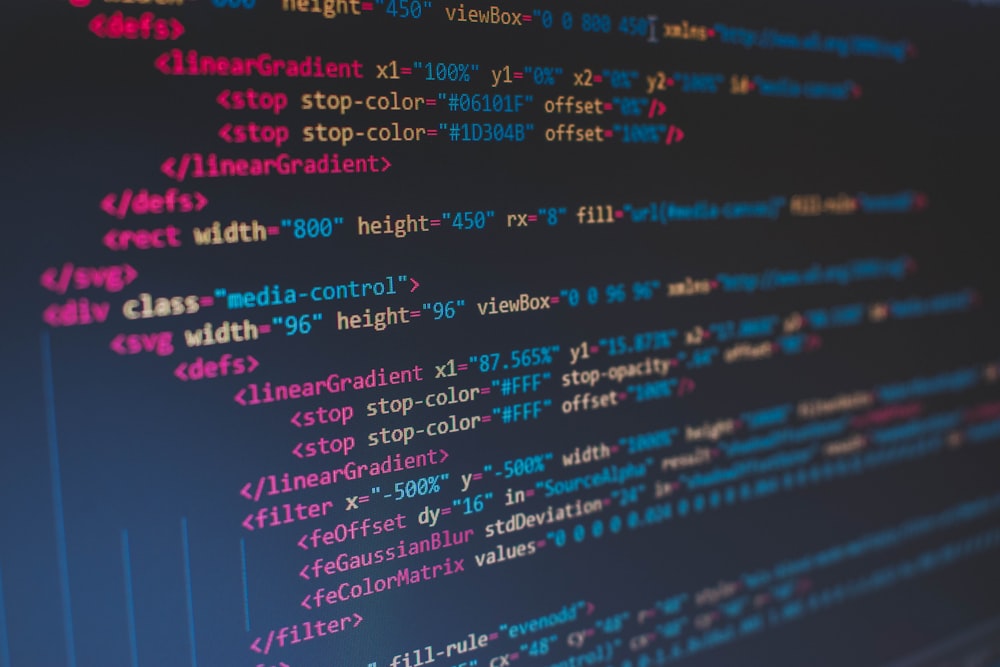From simple integers to complex structures, data types define the nature of information stored within a system, influencing everything from memory allocation to computational efficiency.
Yet, for many, the significance and diversity of data types remain shrouded in mystery.
As experienced experts in the field of programming, we understand the importance of clarifying data types for our readers.
Our mission is to provide you with the knowledge and skills you need to conquer this important aspect of coding.
So sit back, relax, and let us take you on a voyage to unpack the enigma of data types hand-in-hand.
Key Takeaways
-
- Data types in programming: Classify different types of data, determining values variables can hold and operations that can be performed.
-
- Importance of data types: Ensures efficient coding practices by optimizing memory usage, maintaining data integrity, enabling error detection, and improving code performance.
-
- Common data types: Include integers, floats, strings, and booleans, with more complex types like setups, structures, and classes for efficient data organization and manipulation.
-
- Defining and using data types: Selecting the appropriate data type is critical for efficient memory allocation, optimal performance, and improving code reliability.
Understanding Data Types
When we talk about data types in programming, we are referring to the classification of different types of data that can be used in our code.
These data types determine the values that a variable can hold, as well as the operations that can be performed on those values.
In programming languages, data types serve as a critical foundation, allowing us to organize, manipulate, and store data effectively.
By understanding data types, we gain better control over our code and can avoid errors or unexpected behaviors.
There are various data types commonly used in programming, including:
-
- Integers: for whole numbers
-
- Floats: for decimal numbers
-
- Strings: for text
-
- Booleans: for true/false values
Each data type has specific rules and limitations, and knowing how to work with them correctly is important for writing strong code.
Importance of Data Types in Programming
In programming, data types play a critical role in ensuring efficient coding practices.
By defining the type of data a variable can hold, data types help prevent errors and optimize memory usage.
Here are some key reasons why understanding data types is important in programming:
-
- Memory Allocation: Different data types require varying amounts of memory. Properly defining data types ensures efficient use of memory, especially in resource-constrained environments.
-
- Data Integrity: Using appropriate data types helps maintain the integrity of the data being manipulated. It ensures that operations are performed correctly and that unexpected behaviors are minimized.
-
- Error Detection: By enforcing data types in programming, we can detect errors such as type mismatch and prevent runtime errors before they occur, improving the total reliability of the code.
-
- Optimized Performance: Matching the correct data types to variables and operations can lead to optimized performance of the code, improving execution speed and total efficiency.
Exploring the impact of data types on programming languages across different platforms can provide useful ideas on how to use data types effectively in our coding practices.
Common Data Types in Programming
When it comes to programming, common data types play a required role in defining the kind of data a variable can hold.
Understanding these data types is important for writing efficient and error-free code.
Let’s jump into some of the most commonly used data types in programming:
-
- Integer: Used for whole numbers without decimal points.
-
- Float: Ideal for numbers with decimals.
-
- String: Represents text or sequences of characters.
-
- Boolean: Stores either true or false values.
To add to these key data types, programming languages often provide complex data types like setups, structures, and classes that allow developers to organize and manipulate data more efficiently.
How to Define and Use Data Types
Understanding how to define and use data types is important in programming.
Data types define the type of data that can be stored in a variable and the operations that can be performed on it.
Here’s how to effectively define and use data types:
-
- Choose the right type: Selecting the appropriate data type ensures efficient memory usage and optimal performance.
-
- Integers and floats: These data types are used for whole numbers and decimal numbers, respectively.
-
- Strings: These data types are used to store text and are important in handling textual data.
-
- Booleans: These data types represent true/false values and are critical in decision-making processes.
-
- Setups: Setups are a collection of elements of the same data type stored in contiguous memory locations.
-
- Structures and classes: These complex data types allow the grouping of related data types hand-in-hand for better organization and manipulation.
In the labyrinth of data science and computer programming, the concept of data types serves as a guiding light, illuminating the path toward efficient computation and effective data management.
Through our exploration, we’ve unearthed the importance of understanding data types and their role in shaping the digital landscape. F
rom the foundational primitives to the sophisticated abstractions, data types form the building blocks upon which our digital systems are constructed.
- Can I use Neat software without subscription? [Discover Free Alternatives Now] - October 22, 2024
- Understanding Quality Gates in Software Testing [Unlock Secrets to Level Up Your Testing Game] - October 21, 2024
- Are Software Engineers Getting Hired? Expert Strategies Revealed [Boost Your Job Search!] - October 20, 2024


